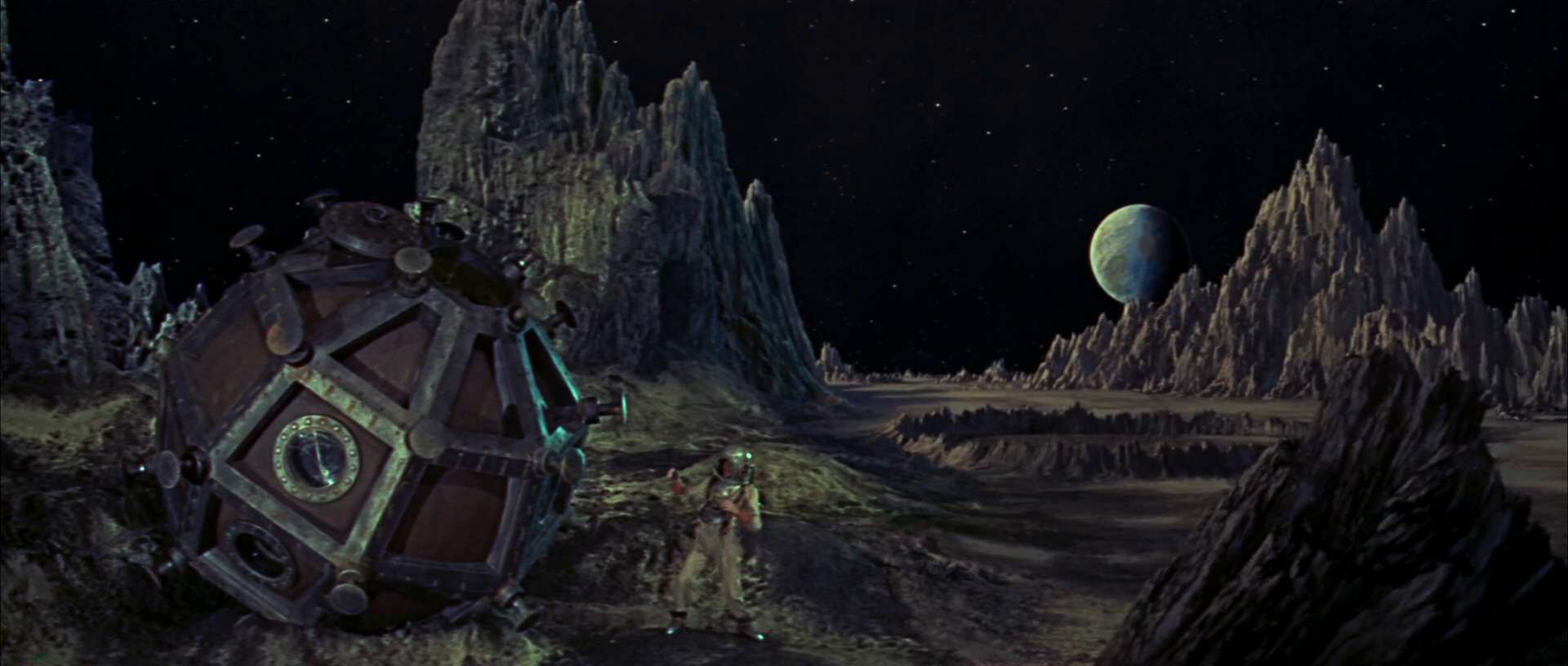

Bedford befriends Cavor when he learns he is developing a new material, cavorite, which can negate the force of gravity. After two weeks Bedford accosts the man, who proves to be a reclusive physicist named Mr. He is bothered every afternoon, however, at precisely the same time, by a passer-by making odd noises. Bedford rents a small countryside house in Lympne, in Kent, where he wants to work in peace. The narrator is a London businessman named Bedford who withdraws to the countryside to write a play, by which he hopes to alleviate his financial problems. Ĭaption: "I was progressing in great leaps and bounds" In that opera the word "selenites" is used for the first time for moon inhabitants. The inspiration seems to come from the famous 1870 book by Jules Verne From the Earth to the Moon, and the opera by Jacques Offenbach from 1875.

Bedford and Cavor discover that the Moon is inhabited by a sophisticated extraterrestrial civilisation of insect-like creatures they call "Selenites". The novel tells the story of a journey to the Moon undertaken by the two protagonists: a businessman narrator, Mr. Wells, originally serialised in The Strand Magazine from December 1900 to August 1901 and published in hardcover in 1901, who called it one of his "fantastic stories". They landed roughly 30 seconds before Mission Control would have sounded the ‘Bingo Call’, the moment where the lunar module would have had to land immediately or abort.The First Men in the Moon is a scientific romance by the English author H. Aldrin could now see the module’s shadow on the Moon’s surface, as Armstrong manually guided Eagle towards a clearer landing site.Īt 20:17 after a high-pressure final descent, the Eagle landed on the Moon’s surface and Armstrong radioed to Control the now immortalised words: “Houston, Tranquility Base here.
Date of first man on the moon manual#
Noticing that the computer seemed to be guiding them towards a rocky landing site near a large crater, Armstrong decided to take manual control of Eagle.Īt 20:16 available fuel for landing the lunar module reached 5%. Mission Control reassured them that they could continue the mission.Īt 20:15 Mission Control acknowledged another computer alarm code. Mission Control decided to continue the mission.Īt 20:14 3,000 feet from the Moon’s surface Armstrong and Aldrin were faced with another alarm, this time a 1201 programme alarm. It was a warning that the core processing system had been overloaded. Houston reassured the astronauts that it was safe to continue the descent.Īt 20:05 the final critical landing phase of the Apollo 11 mission began.Īt 20:10 Armstrong and Aldrin reported a 1202 programme alarm going off inside Eagle. The guidance computer could not complete all its tasks, and so prioritised the most important. Collins would be on his own in Columbia for over 24 hours – having space just took another level.Īt 17:49 computer program alarms start going off inside the Eagle. Michael Collins remained in the command module.Īt 17:44 the Eagle separated from Columbia, the command module.

20 JulyĪt 12:52 Buzz Aldrin and Neil Armstrong entered the lunar module Eagle in preparation for the descent to the Moon’s surface. (From left to right) Neil Armstrong, Michael Collins and Edward ‘Buzz’ Aldrin.


 0 kommentar(er)
0 kommentar(er)
